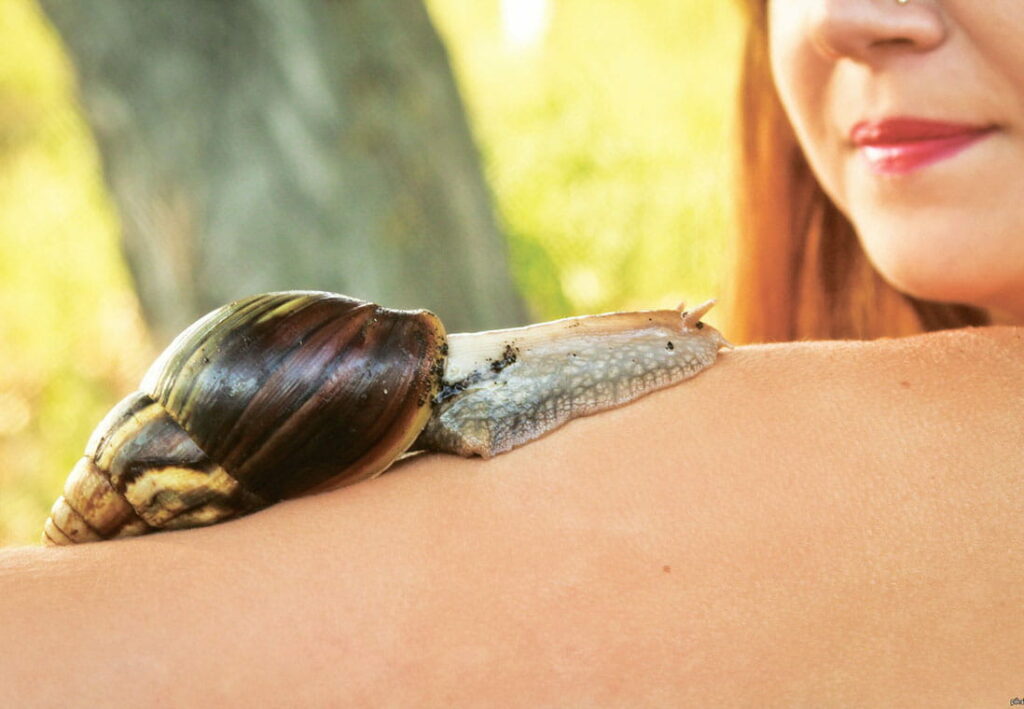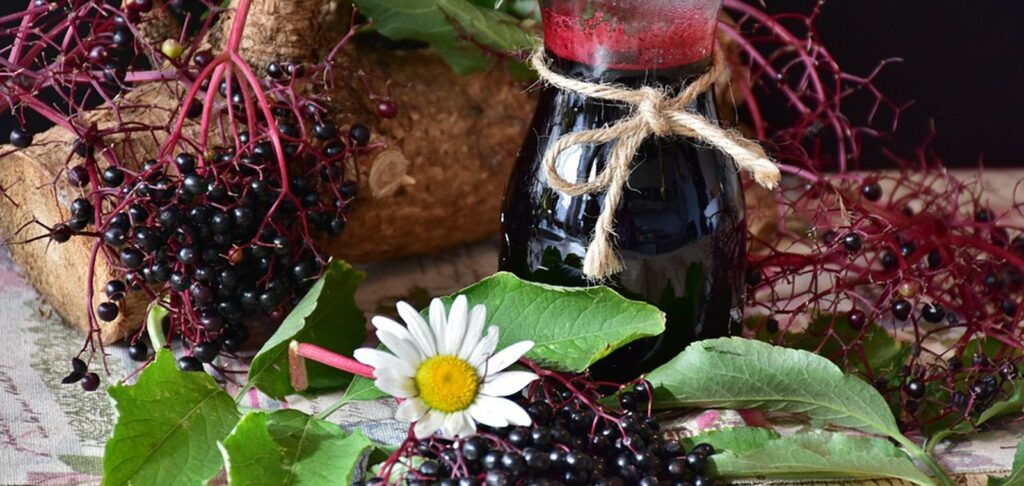
Gourmets love garden snails for their exquisite flavor, gardeners hate them for the damage they cause to field crops and gardens, and pharmacists appreciate them for their ability to produce compounds that could potentially become new medicines.
Antiquity and the Middle Ages
Galen recommended that pregnant women use snail tincture to prevent fetal dropsy, and also used them to treat pain associated with burns, abscesses, and other wounds. Pliny, on the other hand, considered snails to be a cure for all diseases. He argued that scrofula could be cured with very dry old snails, and patients with abdominal pain should have them roasted on coals. He observed that snails crushed with their shells and infused with wine increased the rate of labor, improved the general condition of hemoptysis, relieved dizziness, and helped fight fainting and fits of insanity.
In the Middle Ages, French surgeon Ambroise Paré, considered one of the founding fathers of modern medicine, recommended snails against anthrax. And the Universal Pharmacopoeia, compiled by Nicolas Lemery in 1738 in France, contains a recipe for “snail water”: “Snails are washed and crushed in a marble mortar together with their shells. They are then placed in a large glass jar placed on a water bath, into which fresh donkey’s milk is poured. The mixture is stirred well with a wooden spatula and left to languish for 12 hours, after which it is distilled. The resulting distilled water is exposed to the sun for several days in a glass bottle, and then used as an external remedy to refresh and purify the skin of the face, or taken internally in doses of from 1 to 6 ounces to treat consumption or kidney disease.”
Rise and fall
Interest in snails was also high in the nineteenth century. The French physician Georges Tarenne published a book in 1808 about the ability of their mucus to treat hernias. Ten years later, the New Dictionary of Natural History, in an article on snails, reported that as a decoction they were used to treat throat ailments, and their mucus helped women keep their skin smooth and soft. Doctors of the time often used snails as a cure for tuberculosis, pneumonia, bronchitis, colds, gastritis, gastrointestinal disorders, and any skin problems and rashes. Snails were also considered an excellent remedy for inflammatory throat conditions, and were recommended to singers to restore their voices.
Such a wide therapeutic range required a decent assortment of medicines, and European pharmacists did their best. They prepared ointments, tinctures, pastes, powders, pills, syrups and even chocolate from snails. It is not surprising that in the mid-19th century the image of snails strung on a string like rosary beads often adorned the signs of pharmacies.
In the twentieth century, the interest of doctors and pharmacists in snails waned, although some research was still conducted. For example, in France in the 1950s, an anti-cough drug with antispasmodic and liquefying properties was developed for the treatment of whooping cough and chronic bronchitis. Its active ingredient was an extract of Helix pomatia snail mucus – gelicidin. The efficacy of this substance was then proved by clinical trials and practical experience of using the drug, but its mechanism of action was only discovered in 1999.
A group of researchers at the Faculty of Pharmacy, University of Ilkirsch-Graffenstaden (France) demonstrated that the bronchorelaxant effect of gelicidin is related to the release of prostaglandins E2.
A triumphant return
In the twenty-first century, snails are back in science labs. It all started with the observation of workers breeding edible snails in Chile. Once the mucus was applied to their skin, cuts and wounds healed easily and quickly, and old scars dissolved. Thanks to this fact, salon cosmetic procedures with snails appeared, various creams and gels were developed, which can now be found on the shelves of pharmacies and stores.
The effectiveness of snail mucus for skin regeneration has been proven in both laboratories and clinical studies, but the mechanism of its therapeutic action remains incompletely understood. Scientists have found that snail mucus is more than 90% water, but it also contains many other compounds. Cosmetic companies claim that the key ingredients in it are allantoin and glycolic acid, but they are present in very low concentrations. Therefore, scientists believe that these substances work only by interacting with other components of the mucus.
In 2004-2005, a drug that is a synthetic form of a neuropeptide from sea snail venom was approved in the US and EU. By blocking the calcium channels of neurons, it has a powerful analgesic effect. In clinical trials, this analgesic reduced pain intensity by 53% (compared to 18% for placebo) and worked even in patients insensitive to morphine without causing dependence.
Interestingly, the composition of this substance is constantly changing. If the snail is quietly crawling, its secretion is very liquid and transparent, but if it needs to fixate on a vertical surface, the mucus becomes viscous and sticky due to the release of high-molecular-weight proteins. In the state of hibernation, the secretion and even freezes, forming a rigid film that seals the entrance to the shell. Such variability complicates the study of mucus, but at the same time opens new opportunities for scientists. Of particular interest to them is, for example, the frothy secretion of mucin, albumin and salivary glands of the snail, which is secreted and gets into the mucus in stressful situations – when attacked by a predator and the application of external force, under the influence of high temperature, UV or ionizing radiation. It is believed that this substance may help in the treatment of radiodermatitis that occurs in cancer patients after radiation therapy.
Scientists are actively investigating the antibacterial properties of snail mucus, which can probably become the basis for new antibiotics. Thus, a recent study conducted by the School of Pharmacy and Biomolecular Sciences at the University of Brighton (UK) confirmed that the mucus of brown garden snails kills one particular type of bacteria in laboratory experiments. This is a microorganism called Pseudomonas aeruginosa, which can cause pneumonia, chronic wound and respiratory infections in people with cystic fibrosis. In experiments, the mucus stopped the growth of 20 different strains of these bacteria. However, the scientists did not observe that it acted against other pathogens. So far, they have also failed to find the key active ingredient, i.e. the specific peptide or protein that kills the bacteria. Today there are three “suspects” and research continues.
Another promising direction of “snail pharmaceutics” is the research of hemocyanins. This is a group of respiratory copper-containing pigments, functional analogs of hemoglobin. Unlike hemoglobin, which is part of red blood cells, hemocyanin molecules are dissolved in hemolymph, a fluid circulating in the vessels and intercellular cavities of snails and other invertebrates with an unclosed circulatory system. Scientists are considering the possibility of using hemocyanin in medicine as a component of antitumor vaccines. The fact is that when forming conjugates with tumor antigens, it significantly increases their immunogenicity either by overcoming immunological tolerance or by enhancing the immune response. Today, clinical studies are being conducted on antitumor vaccines against B-cell lymphoma and colorectal carcinoma, in which hemocyanin molecules are conjugated with idiotypic and anti-idiotypic antibodies, respectively.



